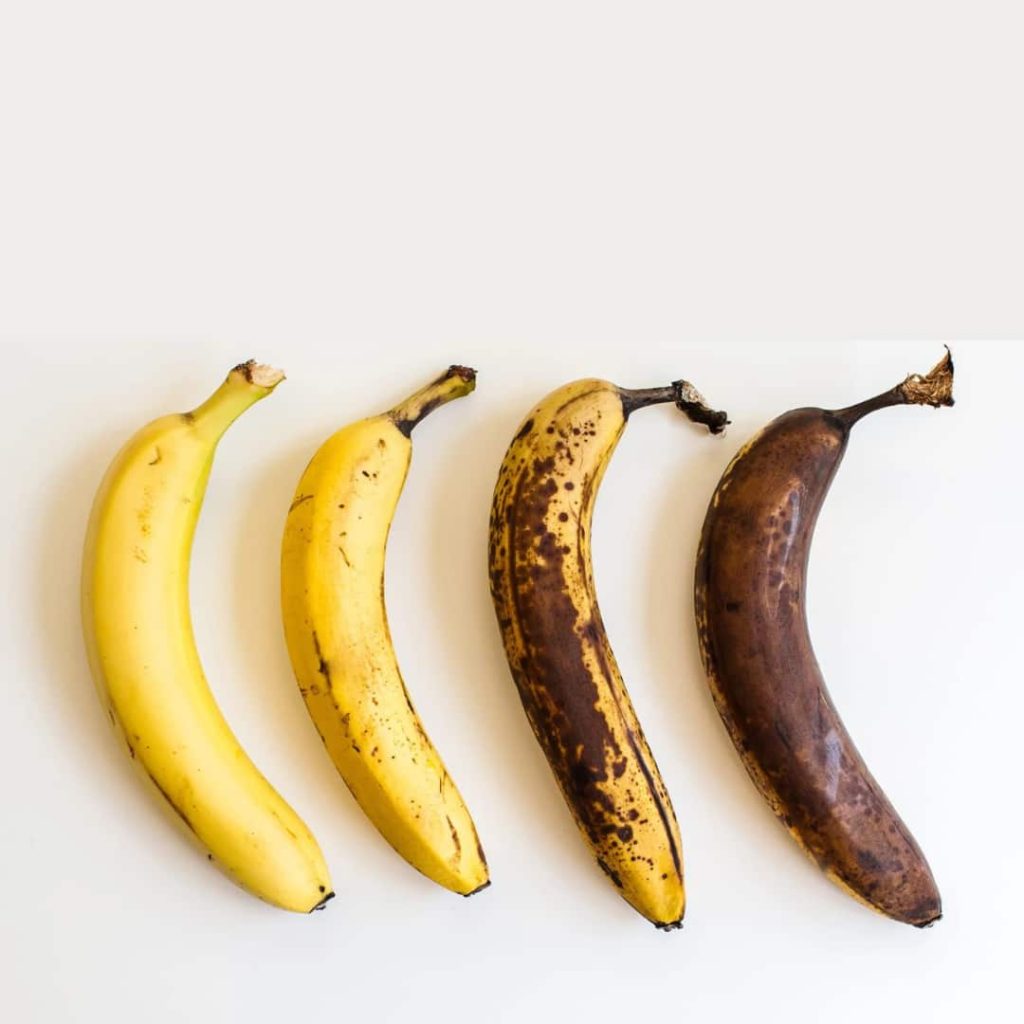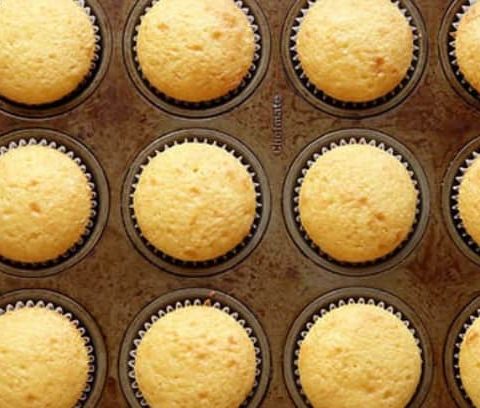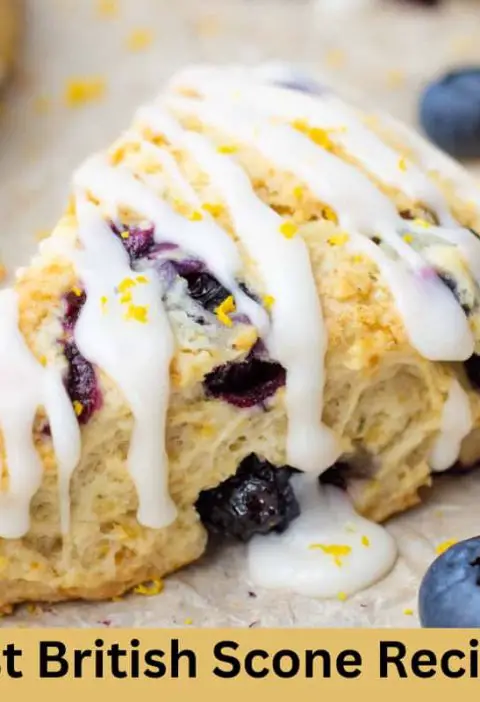Banana bread, with its warm, comforting embrace, has secured its place as a cherished staple in kitchens around the world. This delightful treat, marrying the simplicity of bread with the sweet, nuanced flavors of ripe bananas, serves not just as a versatile snack or breakfast item but as a canvas for culinary creativity. However, the secret to a moist, flavorful loaf lies not just in the recipe but in the choice of its star ingredient: the bananas. The journey to perfect banana bread begins with selecting the right type of banana, a choice that profoundly influences the final taste and texture of this beloved comfort food.
The Journey of Bananas: From Tree to Bread
Bananas, beyond their ubiquity in supermarkets, carry a rich history that spans continents and cultures. Originally discovered in Southeast Asia, bananas embarked on a global journey, finding a place in the hearts and diets of people worldwide. Today, numerous varieties of bananas thrive across tropical regions, each with unique flavors, sizes, and textures. From the widely consumed Cavendish, known for its sweet, creamy flesh, to the smaller, flavor-packed Apple bananas, the diversity among banana types is vast. This variety extends further to less common types like the robust Plantains, which, despite being bananas, are often used in cooking rather than eaten raw.
Why Banana Choice Matters
The science of banana ripening is key to understanding why the choice of banana profoundly impacts banana bread. As bananas ripen, the starches within them break down into sugars, transforming the fruit’s texture from firm to soft and its flavor from bland to sweet. This natural process not only affects the sweetness but also the moisture content of the bread, with riper bananas lending a more pronounced banana flavor and a moister crumb. Moreover, different banana varieties bring their own unique profiles to the batter. The Cavendish variety, with its balanced sweetness and soft texture, is a popular choice, but exploring other types can introduce new depths of flavor and moisture, making each slice of banana bread a distinct culinary experience.
Understanding the interplay between banana variety, ripeness, and the resulting bread allows bakers to tailor their creations to their taste preferences, making the choice of banana as much an art as it is a science. This guide to the best bananas for banana bread is not just about baking; it’s about embarking on a flavor journey, one that starts with the humble banana and ends with a loaf of banana bread that’s as rich in history as it is in taste.
Best Banana Varieties for Banana Bread
When you start baking banana bread, choosing the right type of banana can really change how your bread turns out.
Let’s look at some of the best bananas for baking and see how each one can make your bread different.
Cavendish
The Cavendish banana is the most ubiquitous variety, found in grocery stores worldwide. Its widespread availability and consistent quality make it a reliable choice for banana bread. As it ripens, its sweetness intensifies, contributing a classic banana flavor that’s beloved in banana bread recipes.
Pros: Easily available; the familiar taste that’s sweet and creamy. Cons: Lacks the complexity of flavor found in some other varieties.
Gros Michel
Once the dominant commercial banana variety, the Gros Michel is known for its robust flavor and exceptional sweetness, making it an excellent choice for those looking to add a strong banana flavor to their bread.
Pros: Rich flavor and sweetness; slightly larger than the Cavendish, providing more fruit per banana. Cons: Harder to find due to its susceptibility to Panama disease.
Apple Bananas
Also known as Manzano bananas, Apple Bananas are smaller in size but pack a powerful flavor punch, with a hint of apple and strawberry notes. Their distinctive taste can add an exotic twist to traditional banana bread.
Pros: Intense flavor with a sweet, fruity aroma; adds a unique taste to the bread. Cons: Smaller size means you might need more for a recipe; not as readily available as Cavendish.
Plantains (as a Unique Alternative)
While not a traditional choice, plantains can be used in banana bread, especially when very ripe. They offer a starchy, less sweet flavor, which can be a delightful twist on the classic recipe.
Pros: Provides a denser, more textured bread; ideal for those preferring less sweetness. Cons: Requires careful selection for ripeness to ensure they are sweet enough for baking.
The Perfect Ripeness for Baking
Selecting bananas at the perfect stage of ripeness is crucial for optimal banana bread. Look for bananas that have a yellow peel with plentiful brown speckles. This indicates a high sugar concentration, crucial for moistness and flavor. The fruit should yield slightly under pressure but not be mushy.

Preparation Tips for Banana Bread Bananas
- Quick Ripening: If your bananas are underripe, place them in a paper bag with an apple or tomato to speed up the ripening process. The ethylene gas released by these fruits will encourage the bananas to ripen faster.
- Storage and Prep: Overripe bananas can be frozen for later use. Peel them first, then store in an airtight container. Thaw before use, but don’t discard the liquid that seeps out—it’s packed with flavor and moisture.
Expert Baking Tips for the Perfect Banana Bread
- Incorporating Bananas: For a uniformly moist texture, mash bananas thoroughly before adding them to your batter. For a more textured loaf, consider leaving some banana chunks.
- Recipe Adjustments: Depending on the banana variety and ripeness, you may need to adjust the sugar in your recipe. Taste the batter and tweak as needed, remembering that the natural sweetness of the bananas can significantly contribute to the overall flavor.
Selecting the right banana variety and ensuring they’re at the perfect stage of ripeness can make your banana bread a standout. With these varieties, tips, and techniques, you’re well on your way to baking a loaf that’s not just good but exceptional.

Creative Twists on Classic Banana Bread
Adding unique mix-ins and toppings to your banana bread can elevate this classic comfort food to new heights of flavor and texture.
Here’s how different banana types can inspire your creativity in the kitchen:
- For Cavendish Bananas: Their classic banana flavor pairs well with traditional mix-ins like walnuts or chocolate chips. For a twist, try swirling in some peanut butter or dolloping Nutella on top before baking for a rich, gooey center.
- With Gros Michel Bananas: Given their richer taste, complement this variety with subtler mix-ins like pecans or dried pineapple pieces. A sprinkle of coconut flakes on top adds a delightful crunch and tropical vibe.
- Using Apple Bananas: Their distinct fruity notes make them ideal for pairing with berries. Mix in fresh or frozen blueberries for bursts of flavor, or top with a streusel topping incorporating oats and cinnamon for extra texture and warmth.
- Plantains as an Alternative: For a less sweet, denser bread, incorporate dark chocolate chunks to balance the plantains’ starchy nature. A caramel glaze topping can introduce sweetness and a beautifully sticky finish.
Adapting Recipes for Dietary Needs: You don’t have to sacrifice taste when modifying recipes for dietary restrictions:
- Gluten-Free: Substitute regular flour with a blend of almond and coconut flour, adding a subtle nutty flavor that complements the bananas.
- Vegan: Replace eggs with flaxseed or chia seed mix, and use almond milk and vegan butter. Consider using ripe Cavendish bananas for their moisture, compensating for the lack of eggs.
- Sugar-Free: Opt for very ripe bananas, as their natural sweetness allows for reduced added sugar. Use natural sweeteners like honey or maple syrup sparingly, if needed.
FAQs
Can I use unripe bananas for banana bread?
Unripe bananas aren’t ideal for banana bread because they lack the sweetness and moisture of ripe bananas. However, if you’re in a pinch, you can ripen bananas quickly by baking them in the oven at 300°F for about 15-20 minutes or until they turn black and soft.
What’s the best way to store bananas for banana bread?
For bananas, you plan to use within a week, store them at room temperature away from direct sunlight. To speed up ripening, keep them in a paper bag. If they ripen too soon, peel and freeze them in an airtight bag or container for up to three months, perfect for making banana bread on demand.
How do I make my banana bread more moist?
To ensure your banana bread stays moist, use very ripe bananas—the darker, the better. Additionally, adding a bit of yogurt, sour cream, or even mayonnaise to your batter can enhance moisture. Be careful not to overbake, as this can dry out your bread.
Can I substitute different banana varieties in my banana bread recipe?
Yes, you can experiment with different banana varieties in your banana bread recipe. Each type brings its own flavor and sweetness level. Keep in mind that some varieties are sweeter or have a higher moisture content than others, which might slightly alter the texture and taste of your bread. Feel free to adjust the sugar amount based on the bananas’ sweetness.
Final Thoughts
Choosing the right bananas is crucial for baking the perfect loaf of banana bread. Remember, the variety and ripeness of bananas can significantly affect the flavor and moisture of your bread. We’ve explored the unique qualities of Cavendish, Gros Michel, Apple Bananas, and even plantains as alternatives, each bringing something special to the table.
I encourage you to experiment with these different banana types and ripeness levels in your baking. Don’t be afraid to try new mix-ins or adapt recipes to suit dietary needs without losing the essence of what makes banana bread so universally loved. Every loaf of banana bread is an opportunity to explore, learn, and, most importantly, enjoy the delicious results of your creativity. Happy baking!
Other Related Recipes to Try








